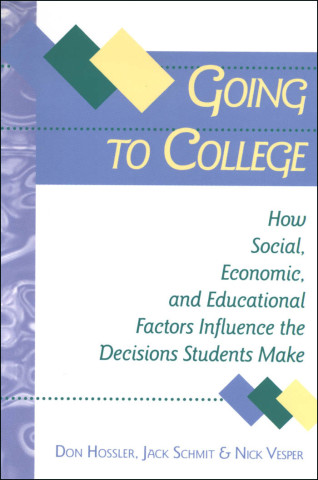
Reviews
[An] exhaustively researched and meticulously reasoned argument.
Offers an interesting series of ideas around a general premise that the roles and responsibilities of government and schools in higher education subsidies should be changed.
Archibald has done an excellent job of analyzing the current system and targeting its fundamental flaws for creative reform. His work is intelligent and thought-provoking.
Providing a thorough description of the funding sources, policies, politics, formulas, and relevant history, Redesigning the Financial Aid System challenges a status quo that has been in place for almost fifty years.
Book Details
Lists of Tables and Figures
Preface and Acknowledgements
Chapter 1. Introduction
Chapter 2. The History of Financial Aid in the United States
Chapter 3. The Financial System: How It Works and How Well It
Lists of Tables and Figures
Preface and Acknowledgements
Chapter 1. Introduction
Chapter 2. The History of Financial Aid in the United States
Chapter 3. The Financial System: How It Works and How Well It Works
Chapter 4. Theoretical Considerations: Access, Choice, Affordability, and Merit
Chapter 5. Institutionally Funded Grants
Chapter 6. Federal Loan Gaurantees
Chapter 7. Eligibility for Financial Aid and Other Redesign Issues
Chapter 8. Evaluating the Redesign Proposals
Chapter 9. On Political Feasibility
Chapter 10. Final Thoughts: Facing Trade-offs
Notes
References
Index





